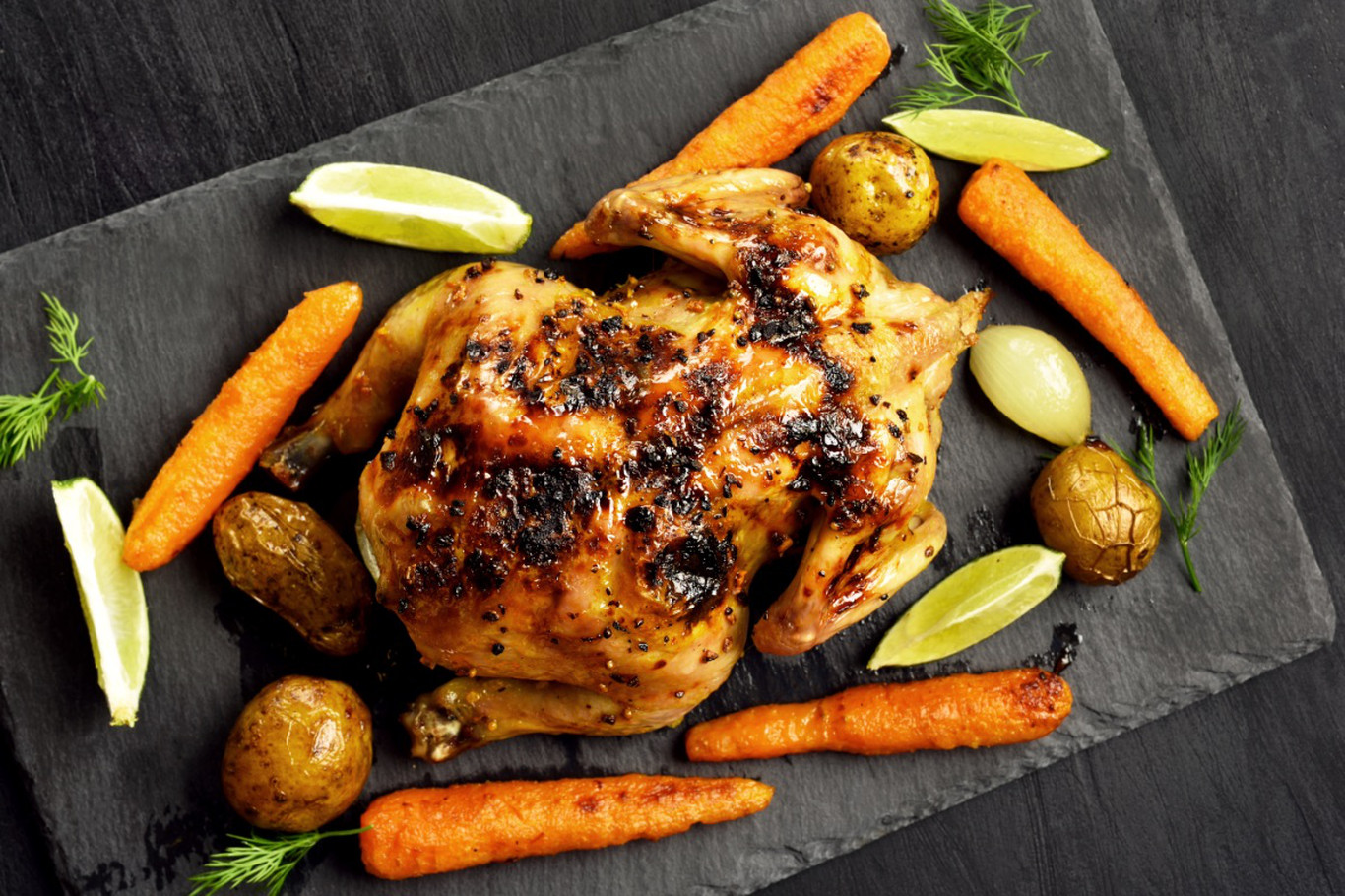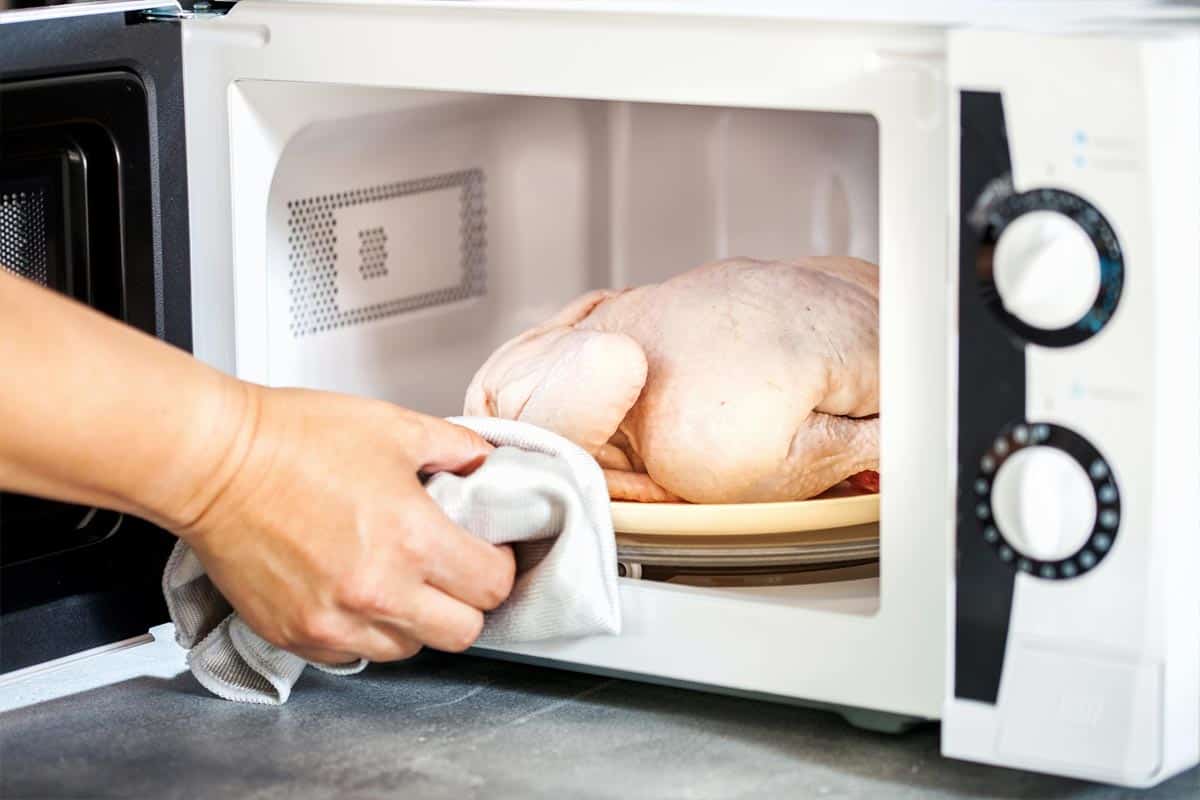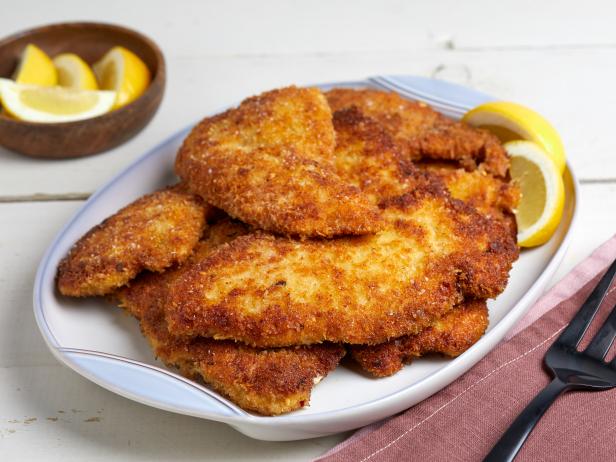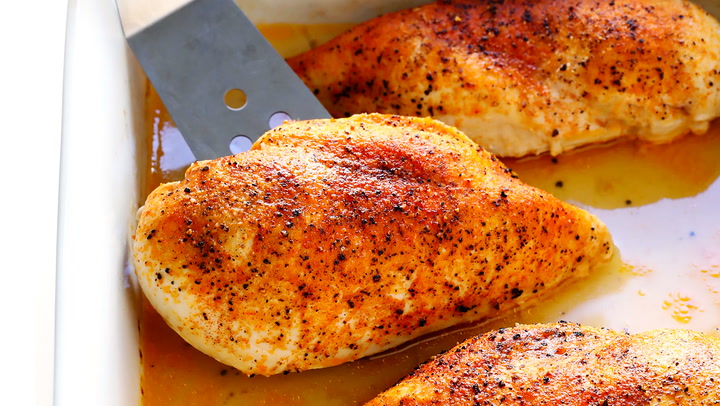
Defrosting chicken safely is crucial to prevent the growth of harmful bacteria and ensure that the meat remains safe to consume. Here's a simple guide on how to defrost chicken properly:
1. Refrigerator Method

-
Place the Chicken in the Refrigerator: Transfer the frozen chicken from the freezer to a plate or a shallow dish. Ensure that the chicken is securely wrapped or sealed to prevent cross-contamination.
-
Allow Ample Time: Defrosting chicken in the refrigerator takes time. Plan ahead and allow approximately 24 hours for every 4-5 pounds of chicken. It's a slow process but ensures the chicken remains at a safe temperature throughout.
-
Keep Separate: Always keep the chicken separate from other foods in the refrigerator to avoid any potential contamination.
2. Cold Water Method
-
Submerge in Cold Water: If you need to defrost chicken more quickly, you can use the cold water method. Place the sealed chicken in a leak-proof plastic bag and submerge it in a bowl or sink filled with cold water.
-
Change Water Regularly: Change the cold water every 30 minutes to maintain a safe temperature and ensure consistent thawing. This method typically takes 1-3 hours depending on the size of the chicken pieces.
3. Microwave Method (For Immediate Use)

-
Follow Microwave Instructions: Use the defrost setting on your microwave and follow the manufacturer's instructions carefully. Microwave defrosting is quicker but can partially cook the outer edges of the chicken, so it's best for immediate cooking.
-
Cook Immediately: Once the chicken is partially thawed in the microwave, cook it immediately to prevent bacterial growth.
4. Using the Refrigerated Chicken
-
Inspect for Freshness: Before cooking, check the chicken for any signs of spoilage. Look for unusual odors, off-colors, or sliminess. If you notice any of these, discard the chicken as it may not be safe to consume.
-
Proper Storage: If you're not cooking the chicken immediately after thawing, store it in the refrigerator at or below 40°F (4°C) and use it within 1-2 days. This ensures that the chicken stays fresh and safe to eat.
5. Safe Cooking Practices
-
Cook Thoroughly: Whether you're grilling, roasting, or frying, ensure that the chicken reaches a safe internal temperature. The USDA recommends cooking chicken to an internal temperature of 165°F (74°C) to kill any harmful bacteria.
-
Avoid Cross-Contamination: Practice good hygiene by washing hands, utensils, and surfaces that come in contact with raw chicken. This prevents cross-contamination with other foods and reduces the risk of foodborne illnesses.
6. Batch Cooking and Freezing

-
Cook in Batches: If you've thawed a large quantity of chicken, consider batch cooking. Once cooked, you can store the extra portions in the refrigerator for a few days or freeze them for longer storage.
-
Proper Freezing: If you don't plan to use the thawed chicken immediately, you can refreeze it after cooking. Ensure the chicken has cooled to room temperature before freezing, and store it in airtight containers or freezer bags.
7. Common Mistakes to Avoid
-
Hot Water Defrosting: Avoid using hot water for defrosting as it can promote bacterial growth on the outer layers of the chicken.
-
Delaying Cooking: Once the chicken is thawed, cook it promptly. Delaying cooking increases the risk of bacterial growth.
-
Partial Thawing: Ensure the chicken is fully thawed before cooking. Partially frozen chicken may result in uneven cooking.
By following these guidelines, you can defrost chicken safely, cook it to perfection, and enjoy delicious and wholesome meals. Prioritizing food safety at every step of the process ensures that your culinary adventures are not only tasty but also risk-free.
Important Tips:
-
Never Defrost at Room Temperature: Avoid defrosting chicken at room temperature, as this can lead to bacterial growth and foodborne illnesses.
-
Cook Promptly: Once the chicken is fully defrosted, cook it promptly to ensure food safety. Do not refreeze raw chicken once it has been thawed.
-
Check for Thorough Thawing: Before cooking, ensure that the chicken is completely thawed. Check for any ice crystals or firmness in the meat to confirm thorough thawing.
By following these methods for defrosting chicken, you can ensure that your poultry remains safe to eat while preserving its flavor and texture. Always prioritize food safety to enjoy delicious and wholesome meals.
.







